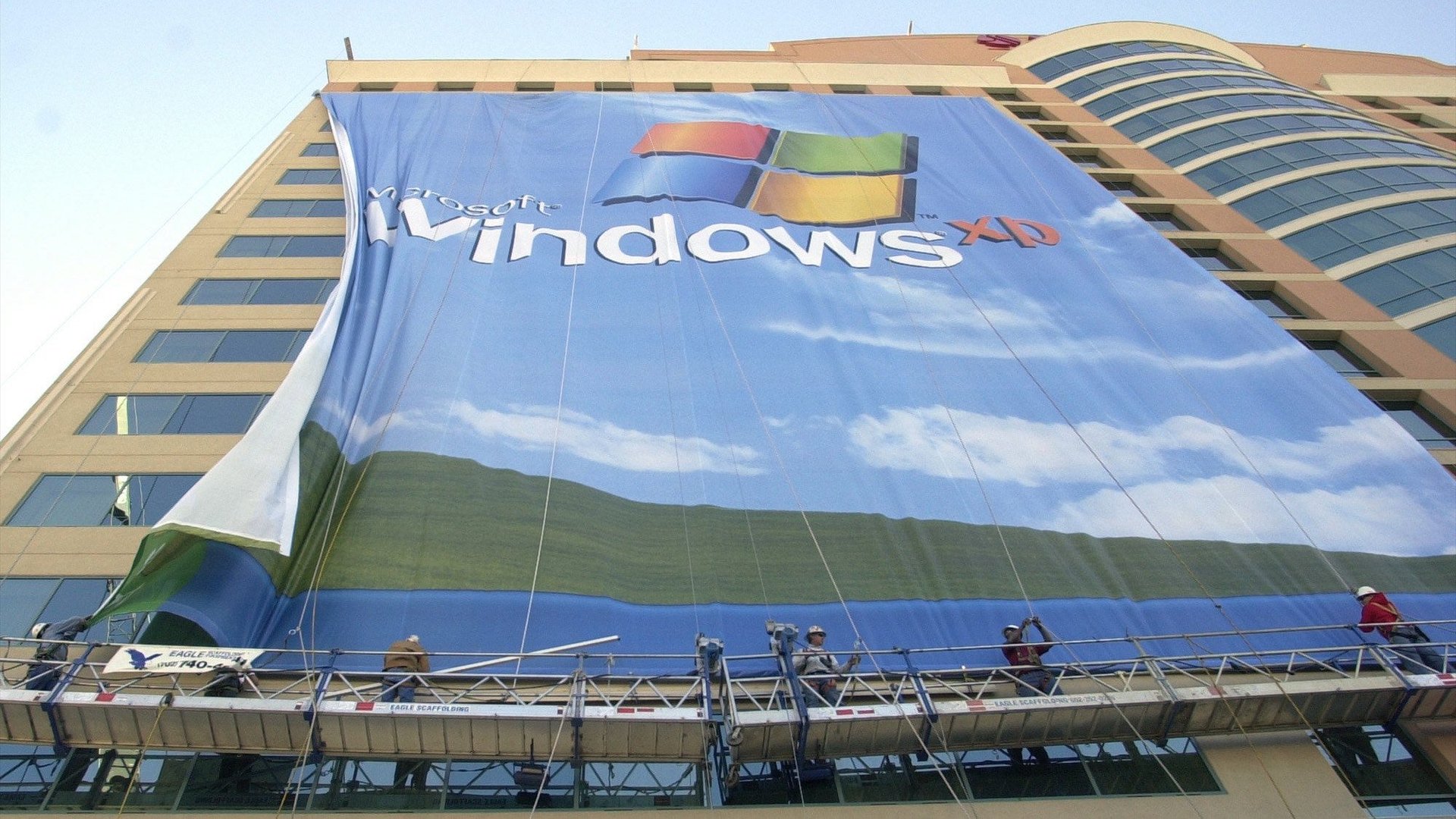Intel says small businesses still aren’t upgrading from Windows XP and it’s hurting the PC market
Intel just lowered its first-quarter revenue projection by almost $1 billion.


Intel just lowered its first-quarter revenue projection by almost $1 billion.
Specifically, the semiconductor company says it now expects to report $12.8 billion in first-quarter sales, plus or minus $300 million, compared to its previous expectation of $13.7 billion, plus or minus $500 million. That would represent roughly flat year-over-year sales, a deceleration from 6% growth in the fourth quarter of 2014.
Why the reduced expectations?
Intel says the market for PCs running Microsoft’s Windows operating systems—which represents the majority of its sales—just isn’t shaping up to what it thought it might. Intel cites “weaker than expected demand for business desktop PCs” and “lower than expected inventory levels across the PC supply chain.”
Why the reduced demand for business desktop PCs?
Intel says those problems are being caused by “lower than expected Windows XP refresh in small and medium business” and “increasingly challenging macroeconomic and currency conditions, particularly in Europe.”
That many small and mid-sized businesses are still happily running Windows XP—which Microsoft released in 2001, theoretically replaced with Vista in 2007, and stopped officially supporting last April—is a testament to its quality. But it’s also an excellent example of how Microsoft hasn’t done enough to sell the Windows story since then.
We’ll see how those businesses react to Windows 10 when it’s released later this year. Microsoft is even making the update free, if your computer can handle it—a good way to nudge someone to upgrade to a faster PC.
But perhaps the bigger threat is that these customers—which clearly aren’t using bleeding-edge technology—won’t upgrade to new Windows PCs at all, but capable tablets from Apple or one of Google’s many Android manufacturers—a market where neither Microsoft nor Intel is very strong.
Intel shares fell 3% in early trading, while Microsoft shares are down 1%.